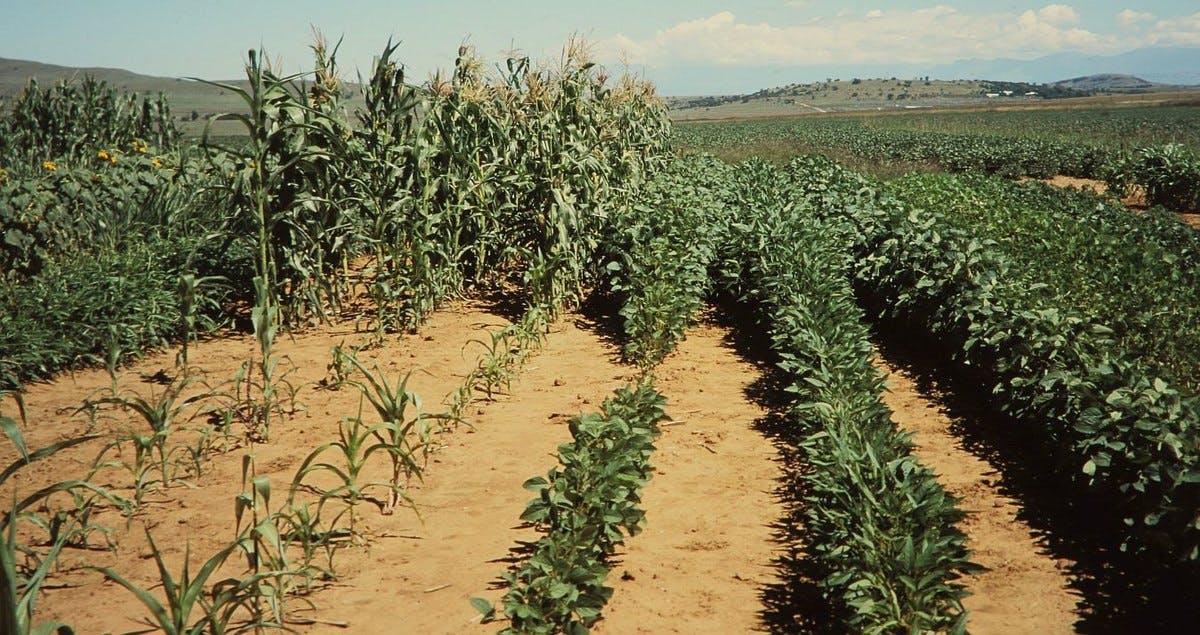
The impact of soil acidity on crops begins when pH levels drop below 5.5, leading to increased availability of toxic elements such as aluminum and manganese. These excess ions hinder root growth and nutrient uptake, compromising plant health.
Phosphorus Availability In acidic conditions, phosphorus binds with aluminium and iron, forming compounds that plants cannot absorb. Applying lime to acidic soils breaks down these compounds, enhancing phosphorus availability for crops.
Micronutrient Accessibility Acidic soils also influence the accessibility of essential micronutrients, affecting overall crop development and yield.
Soil Microbiology Certain beneficial soil microorganisms, including key bacteria and fungi involved in nitrification, thrive within specific pH ranges. Acidic soils can inhibit their efficiency, impacting soil health and crop productivity.
Soil Structure Applying lime to acidic soils improves physical structure, reducing crusting and promoting better crop emergence. A strong population stand is crucial for achieving high yields.
Optimal Timing for Lime Application
For effective soil pH adjustment, lime should be applied 3 to 6 months prior to planting. This allows sufficient time for the lime to react with the soil. Ideally, lime application should occur shortly after harvest.
It's important to note that lime can also be applied during crop establishment. In this case, lime acts as a buffer, facilitating nutrient uptake and potentially adjusting soil pH throughout the crop's growth cycle.
The need for and frequency of lime applications should be determined based on soil test results.